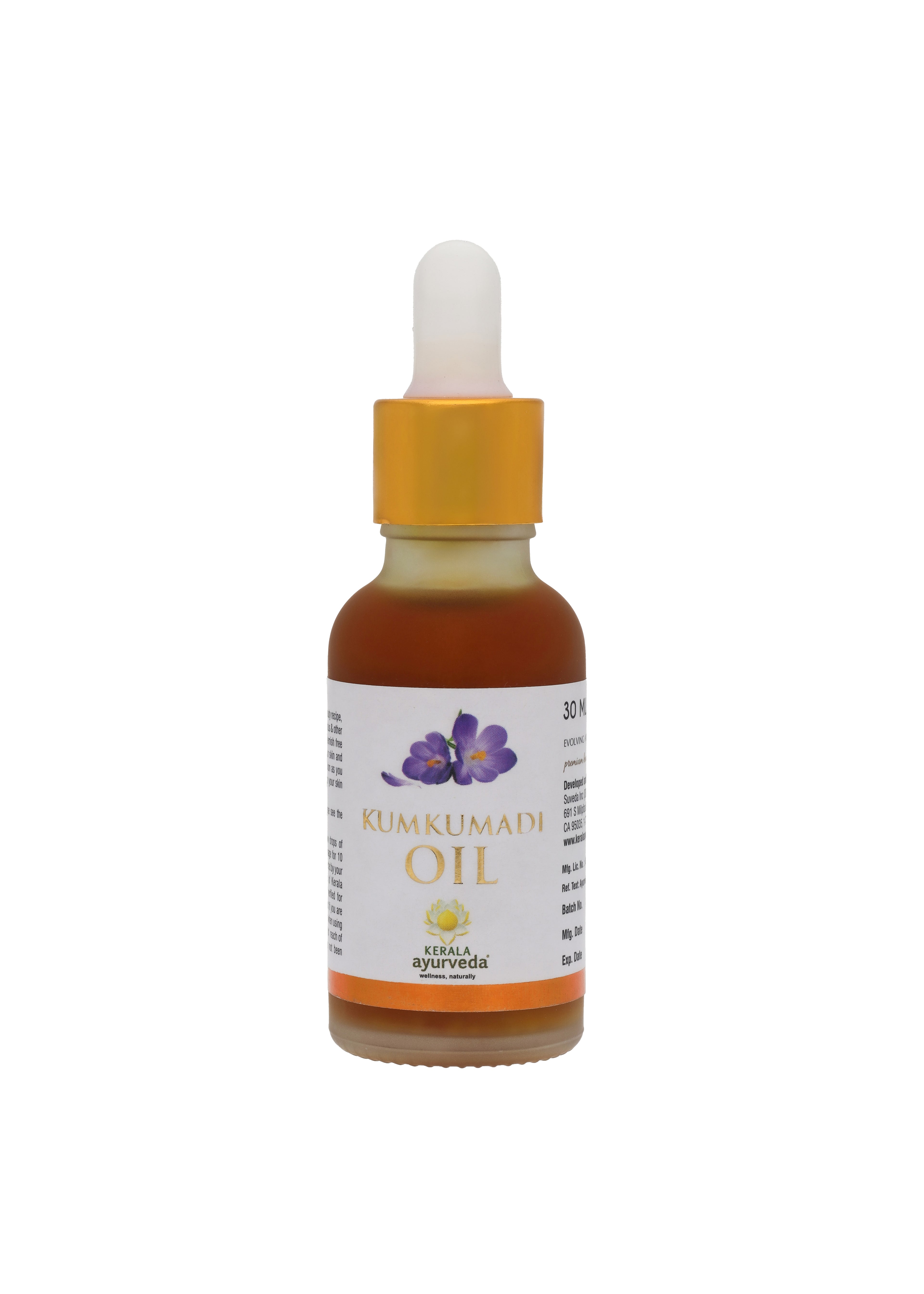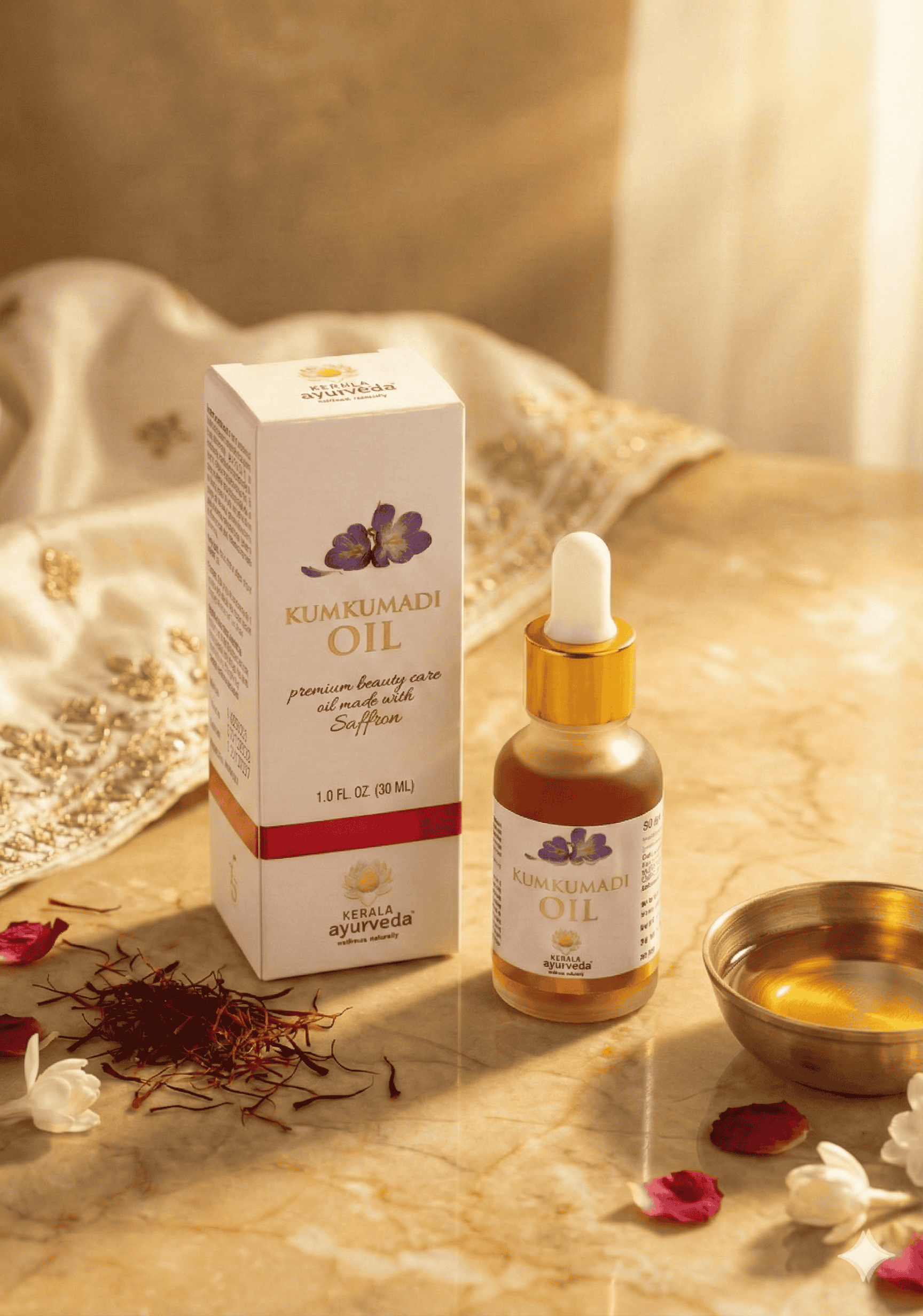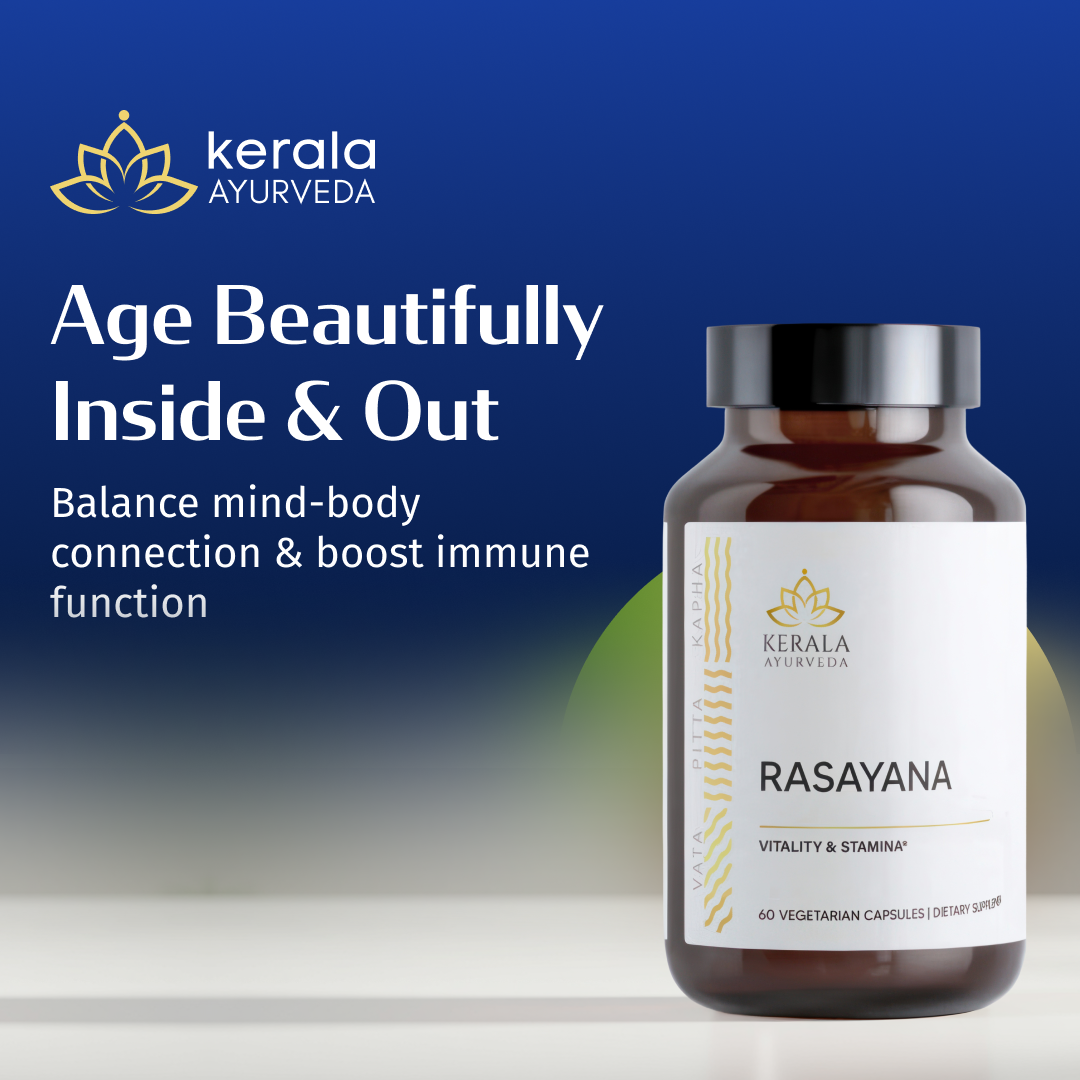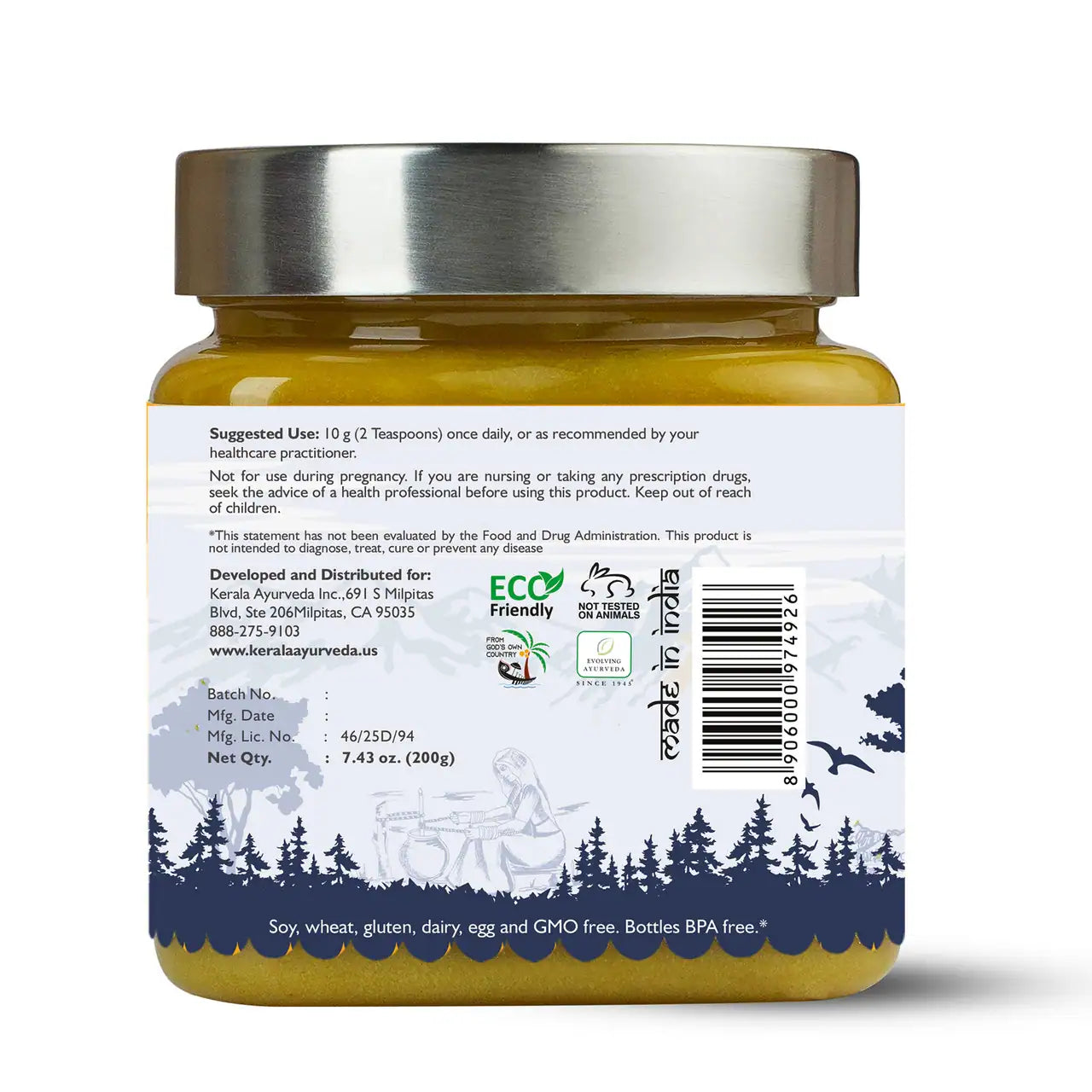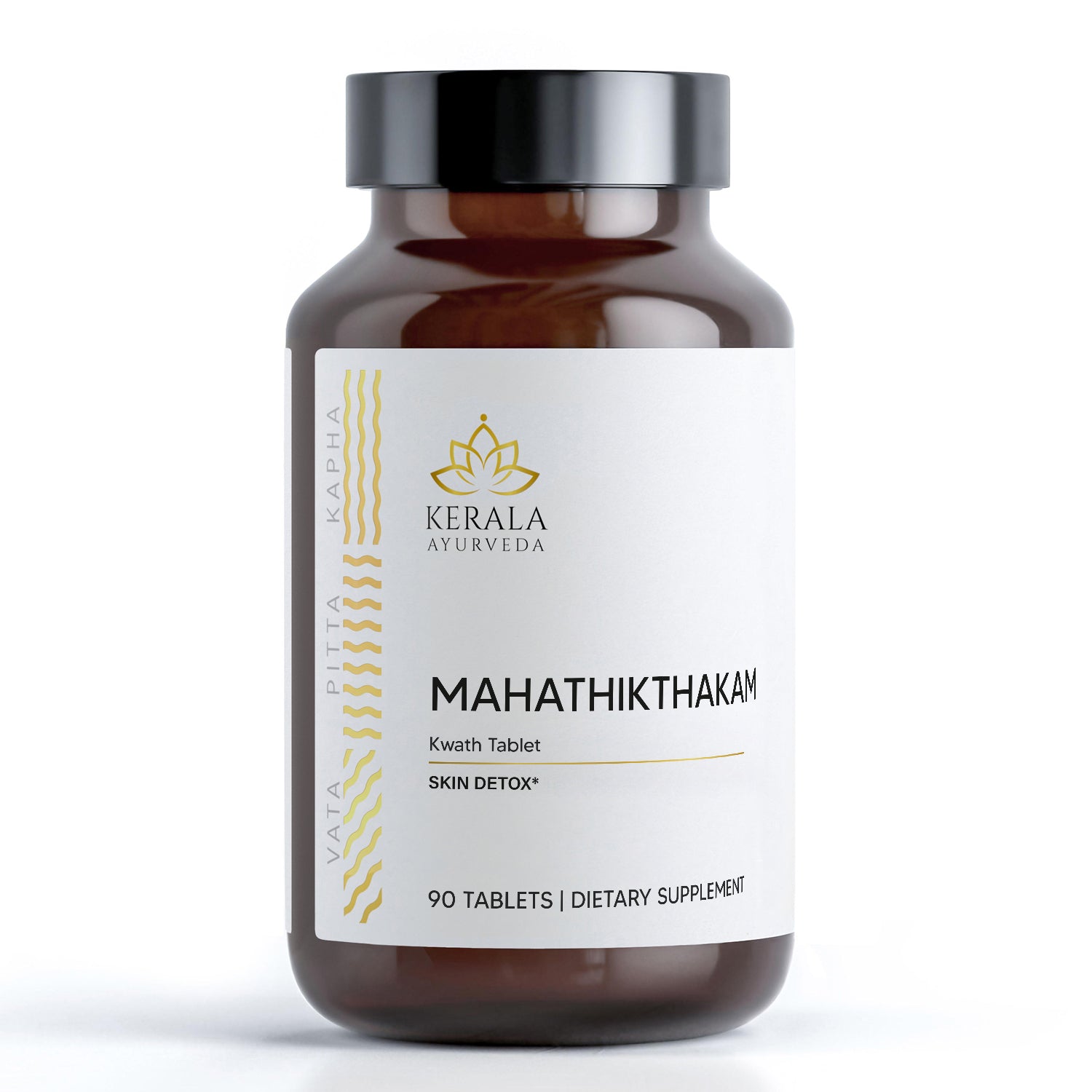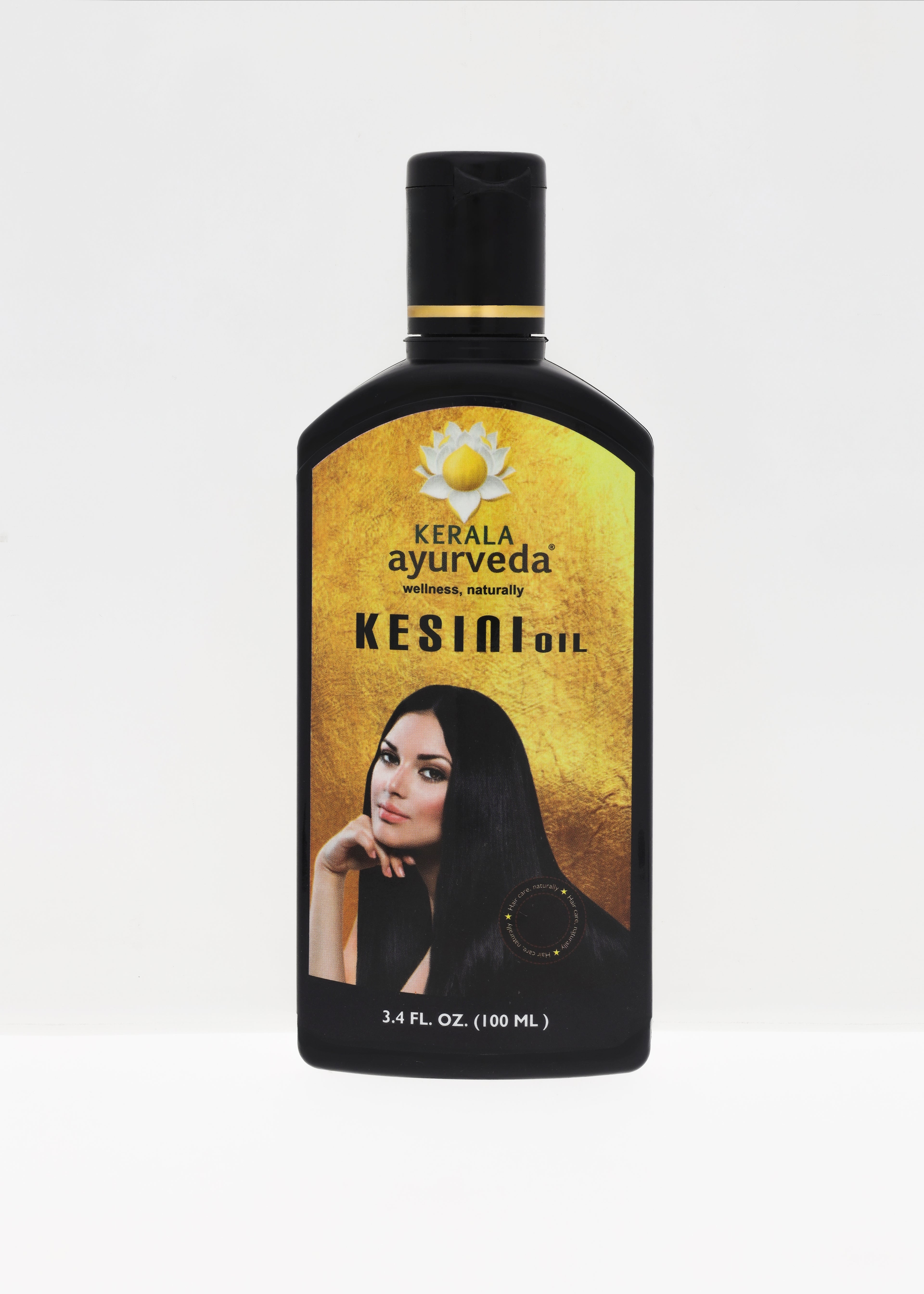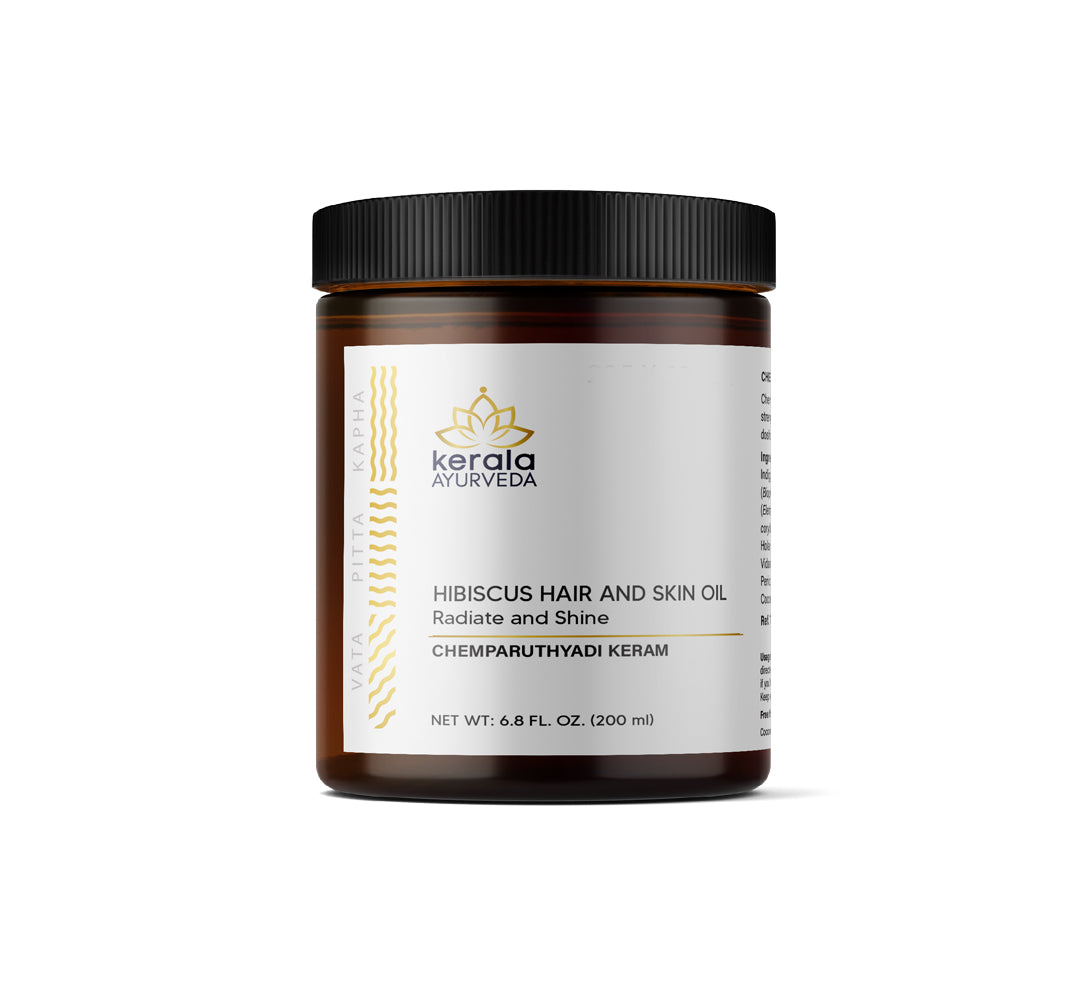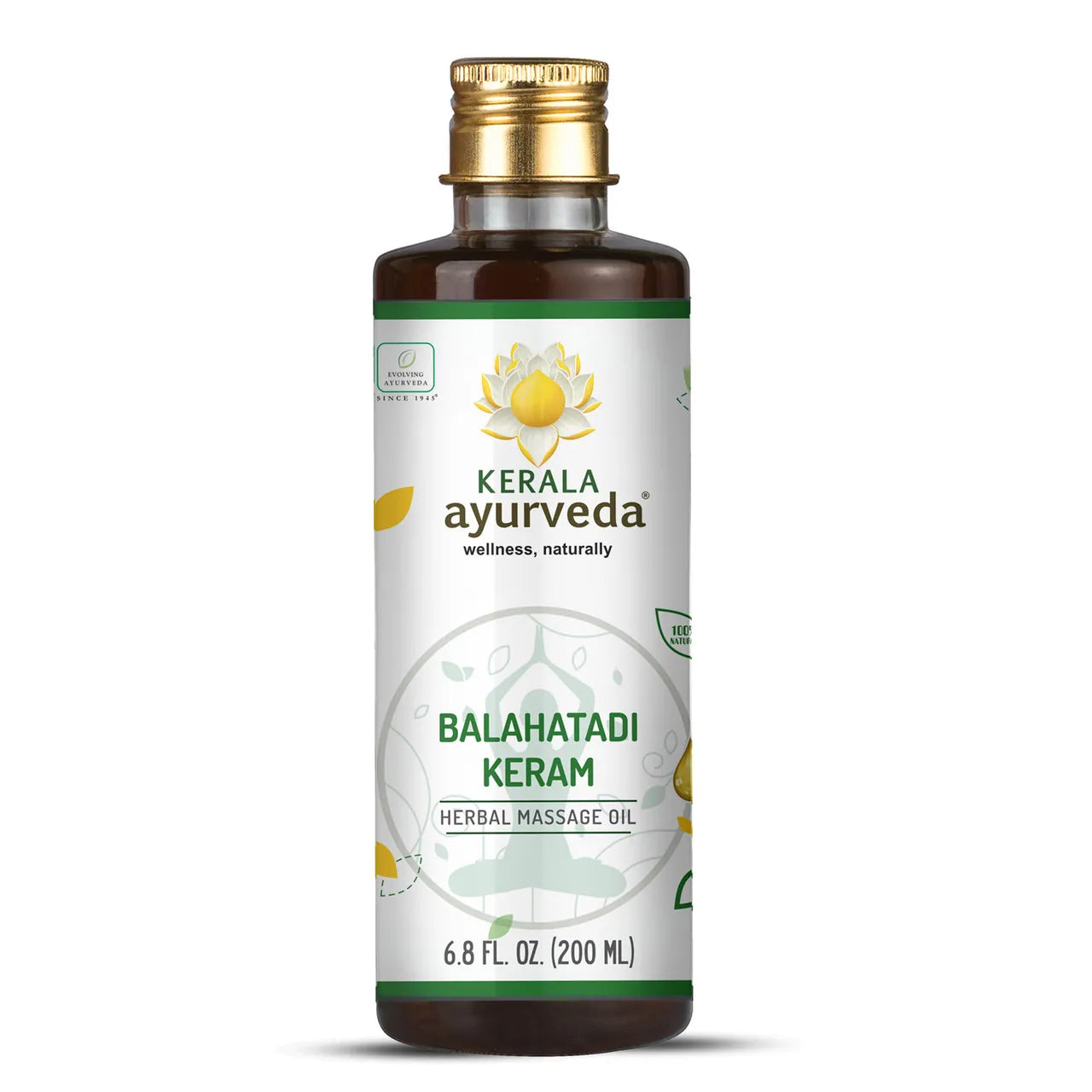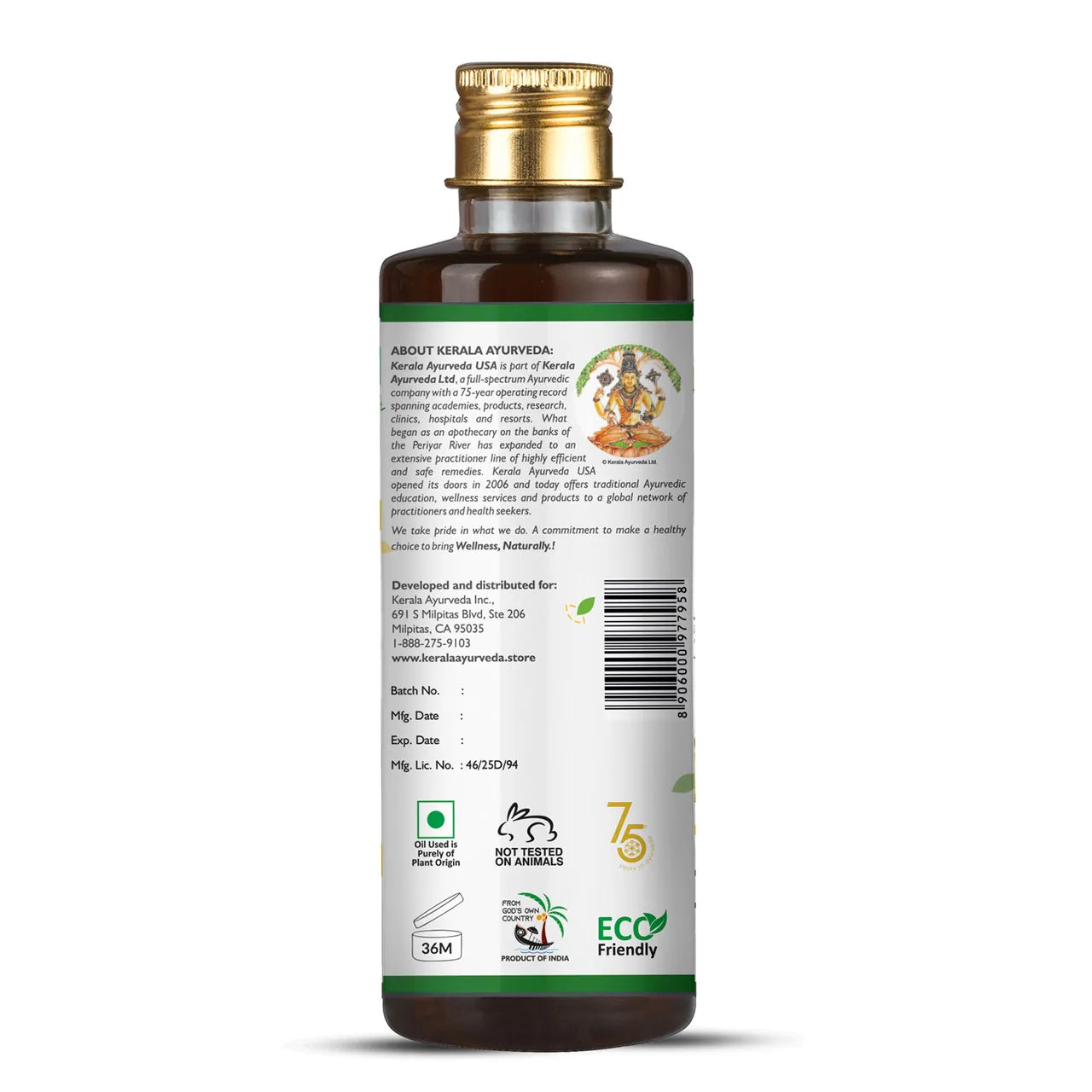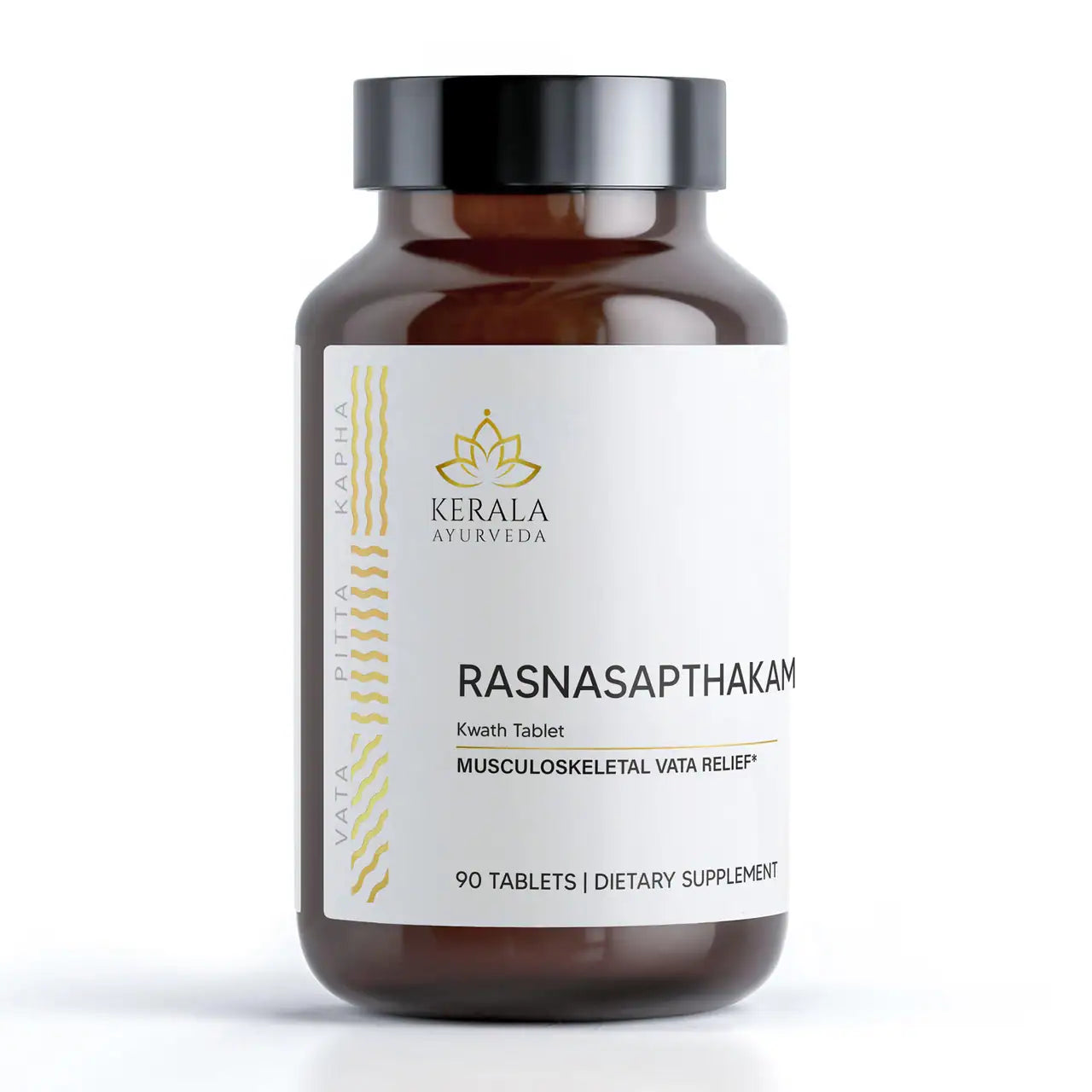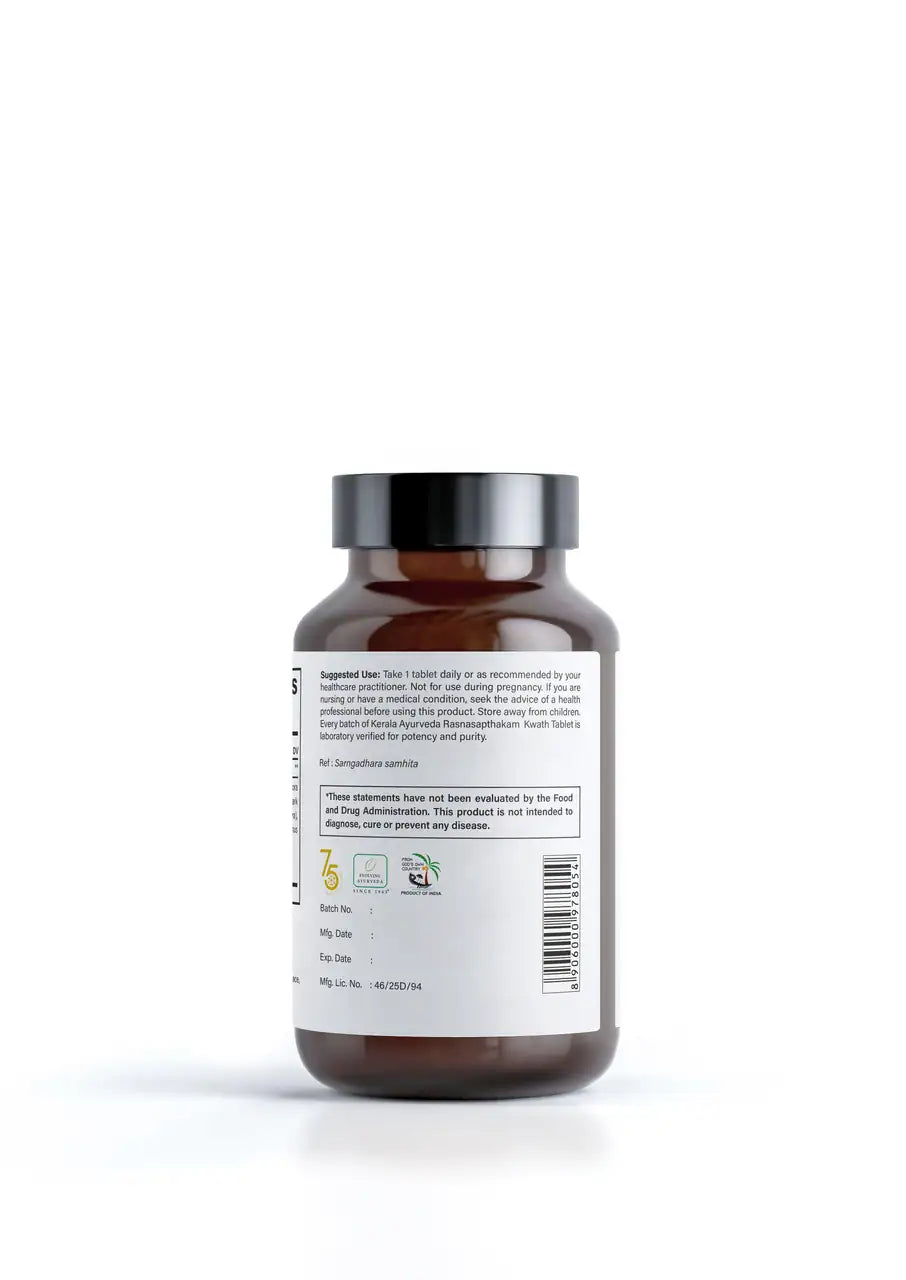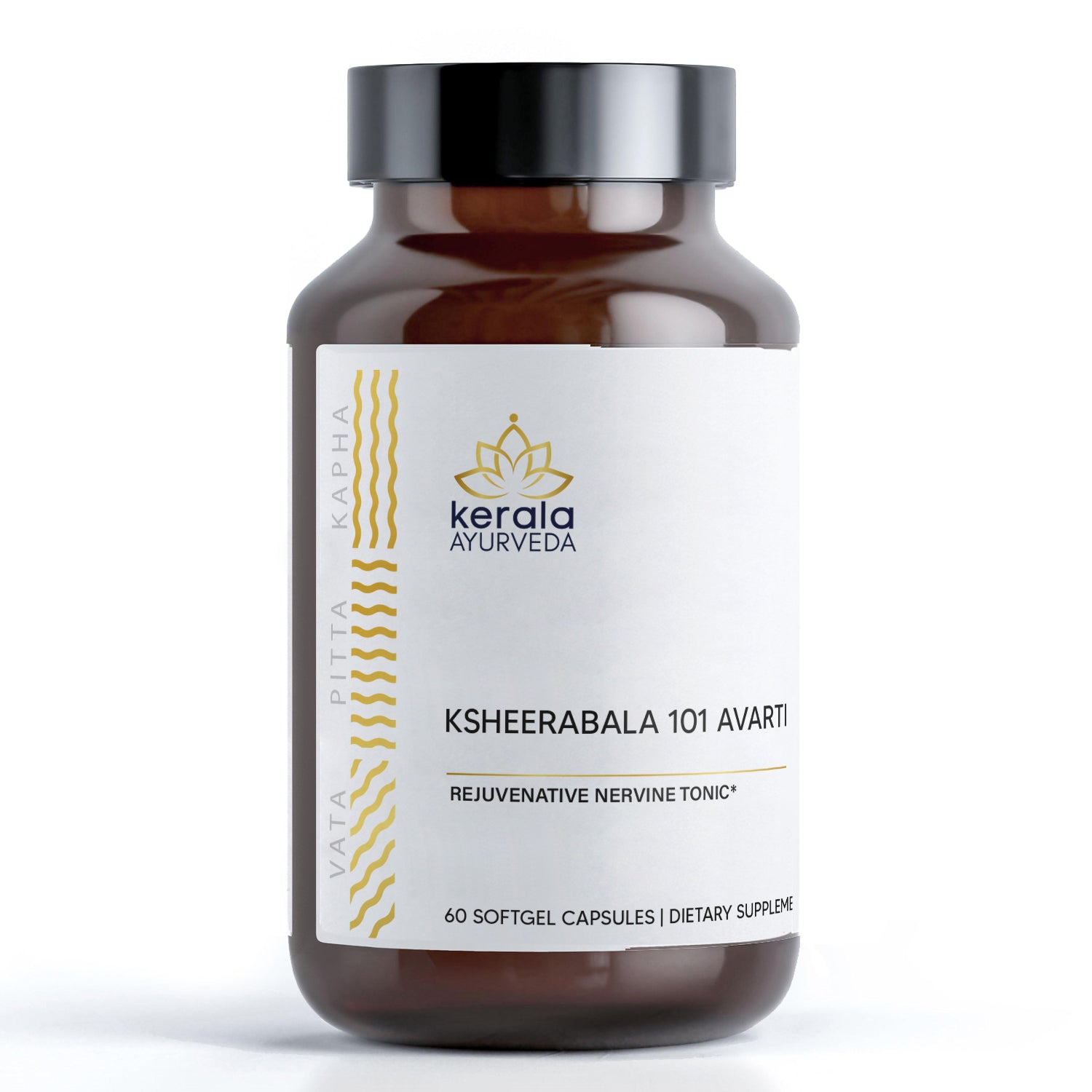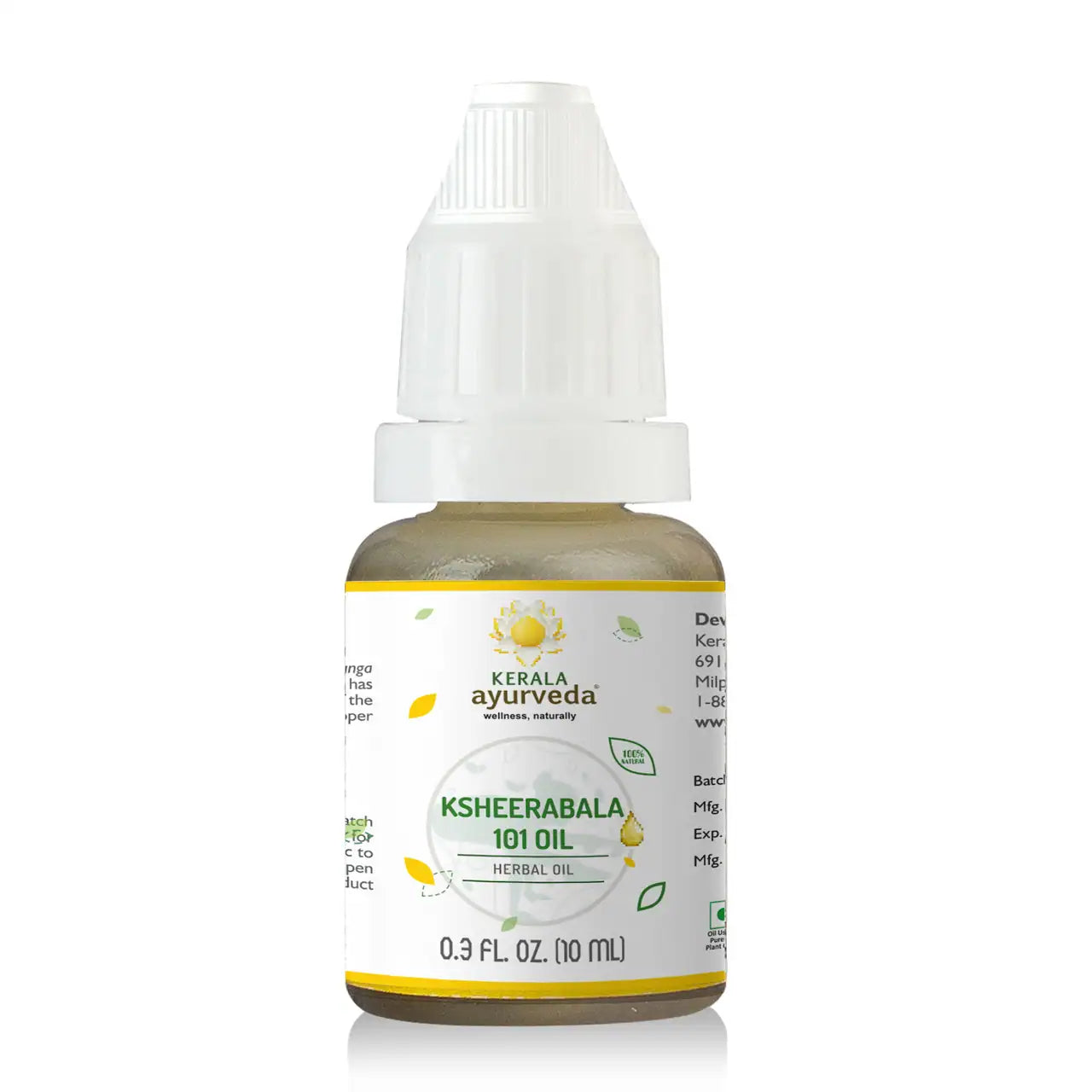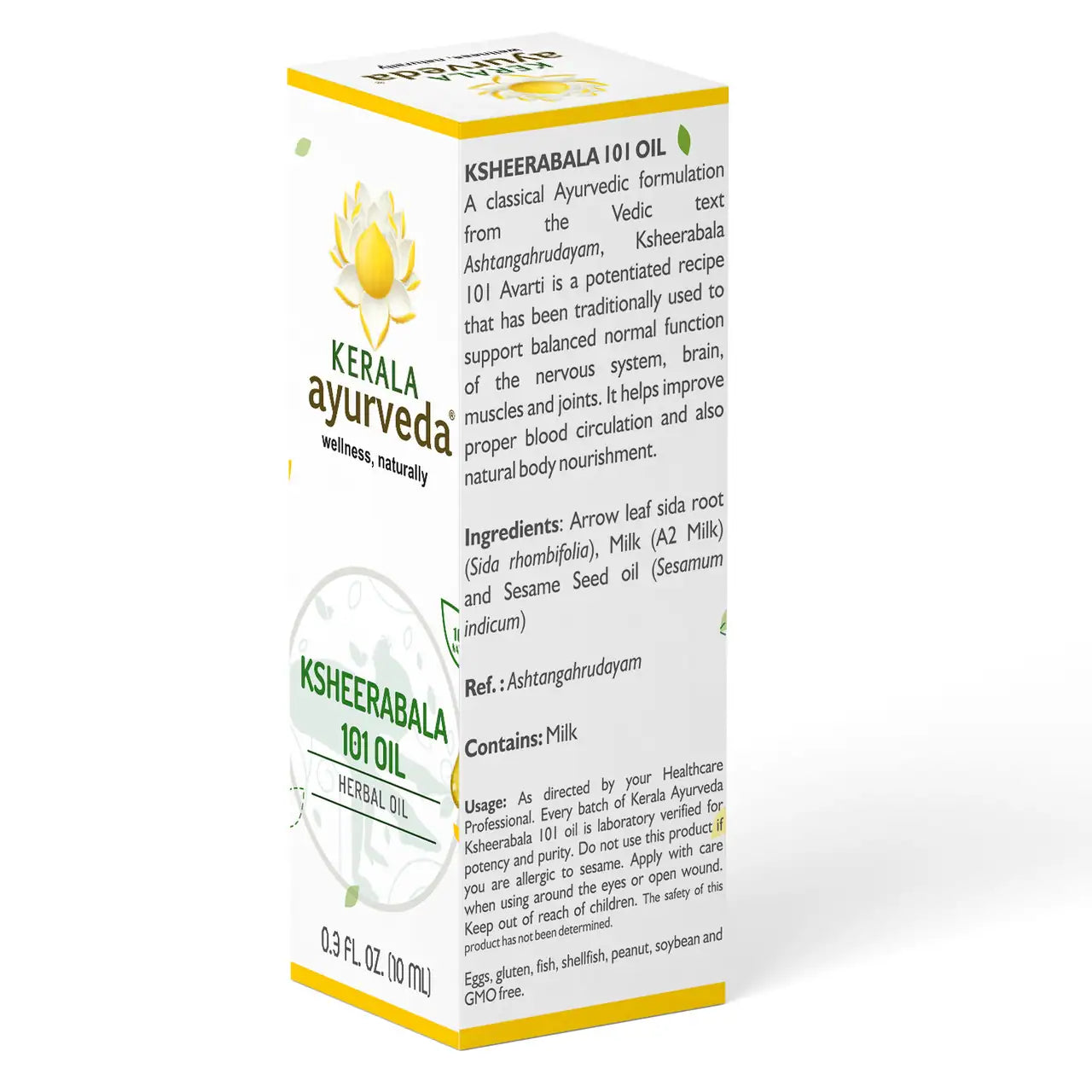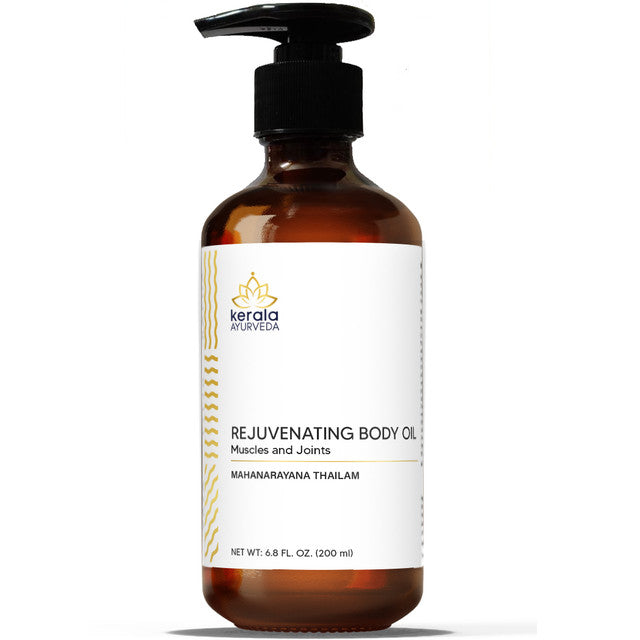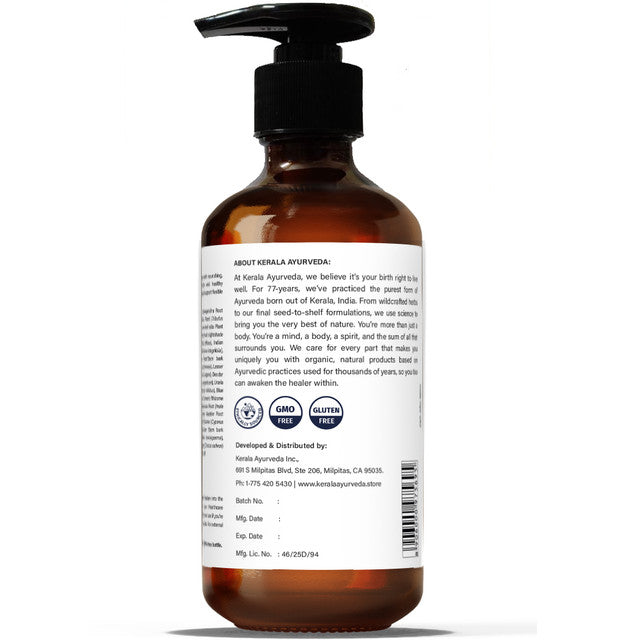Highlights
Pitta is one of the primary energies in the body. Pitta is the combination of fire and water. The Pitta Dosha (dosha meaning that which can go out of balance) deals with digestion and metabolism. It represents the transformational energy and biochemical transformations that govern both our body and mind. As Pitta becomes imbalanced, it can cause various health disturbances due to the increased heat and accumulation of toxins (ama) in the body. In this blog post, we’ll help you learn to identify the signs of Pitta imbalance and provide you with diet and lifestyle suggestions to keep your fire in check and burning bright.
Traits and Behaviors of Pitta Dosha?
Those with a Pitta Dosha body type are typically moderate in height and have a muscular build. Their skin tends to be warm and oily while on the sensitive side and sunburn easily. Their hair is soft and prone to premature graying or balding. Their nails are usually pink and flexible. If a Pitta Dosha body type puts on a few pounds, they can usually lose the added weight without too much trouble.
When Pitta Dosha is in balance, an individual is likely to be thoughtful, direct, and articulate. Pitta types are known to have a strong intellect and a high level of self-confidence. They love participating in discussions and usually learn quite quickly. Pitta types enjoy leading an orderly life, with a set routine that they can fall back on. They often get stressed when their routine is thrown off. If Pitta Dosha becomes out of balance and in excess, one may become short-tempered, highly competitive, manipulative, and argumentative.
It is common to experience Pitta imbalances especially toward the end of the summer months, as this is the season of Pitta. As the levels of Pitta begin to rise away from a balanced state, you may begin to experience digestive and metabolic issues or discomforts.
What are the signs of excess Pitta?
Qualities of Pitta are hot, oily, sharp, light, acidic, spreading, and liquid. When there is an excess accumulation of Pitta or the Dosha has become vitiated, you may experience some of the following symptoms:
- Excessive discomfort during hot weather conditions.
- Difficulty falling asleep after waking at night.
- Increased hunger and thirst.
- Acidity and bloating.
- Ulcers in the stomach and intestine.
- Frequent bowel imbalances with diarrhea.
- Irritable mood and temperaments prone to anger or frustration.
- Jaundice and diseases related to the liver.
- Headaches with a burning sensation.
- Inflammation in the body leading to joint pain and discomfort.
- Skin problems such as acne, rashes, and redness.
- Hair loss and premature graying of hair.
- Dry or burning eyes.
- Inflation of the ego.
- Over attachment to goals.
With the understanding of this internal heat, you can learn to balance Pitta, the fire within. This can be done by adjusting your diet and lifestyle.
Lifestyle Changes to Balance Pitta Dosha?
Balancing Pitta is possible by adopting certain lifestyle changes that help to bring in opposite qualities than those that are fueling the internal fire. Some of the ways to adjust your lifestyle to balance Pitta are:
- Begin to bring cooling foods into the diet, such as water-rich vegetables, sweet fruits, and melons, and avoid too hot in temperature or spicy items.
- Food should be taken at regular times daily. Avoid skipping meals and make lunch your largest and most important meal of the day.
- As Pitta is the fire Dosha, heat will increase this energy. Avoid overexposure to hot weather, especially during the summer months (Pitta season) and midday sun, trying to keep a cooler temperature as much as possible.
- Move your body with gentle exercise such as Yogasanas (postures) like Uttanasana (Bending forward pose), Setu Bandha Sarvangasana (Bridge pose), Bhujangasana (Cobra pose), and Chandra Namaskar (Moon Salutation).
- Avoid exercising in the daytime. Exercise or go for a gentle walk during the cooler times of the day, morning or evening.
- Pitta can lead to a quick temper, such as rage and anger. Meditation and breathing exercises can help you relax and stay calmer. Sheetali Pranayama (Cooling Breath) is a type of breathing exercise that is very helpful in balancing Pitta.
- Overworking can further increase Pitta Dosha. Sufficient rest and leisure time is recommended. Spend more time socializing and indulging in relaxing activities.
- A good night’s sleep is also very important. Try to sleep between the hours of 10 pm and 6 am.
- Abhyanga or an oil massage using a cooling oil may be helpful. Massaging coconut oil onto the skin and scalp can help in cooling the body and mind.
- Pacify your Pitta Dosha by taking herbal supplements such as those found in the Pitta Bundle, Thikthaka Ghritham, Draksharishtam, and/or Amalaki from the Kerala Ayurveda online store.
Balancing Pitta Dosha through an Ayurvedic diet

A vitiated, or imbalanced Pitta Dosha can be reduced and brought back to a state of equilibrium through a Pitta Balancing Diet. These gentle shifts in dietary changes reduce excessive Pitta and provide relief from the symptoms and discomforts associated with an imbalanced Pitta Dosha. Foods to be included in the Pitta-reducing diet should be cool and cleansing to the body. Hot and spicy foods should be avoided.
The following are a few tips and guidelines to help you follow an Ayurvedic diet for Pitta Dosha:
- Sweet, bitter, and astringent-tasting foods help pacify and calm Pitta. While sweet food is good, natural sugars are preferred over those that are processed or refined.
- Avoid pungent foods like chilies, turnips, garlic, onions, and cayenne. Minimize or avoid sour and salty foods as well.
- Add in more water-rich vegetables such as kale, collard greens, celery, cucumber, asparagus, and squash varieties.
- Spices such as coriander, cumin, fenugreek, fennel, and turmeric help to aid digestion and balance Pitta Dosha.
- Sweet apples, figs, grapes, strawberries, melons, pomegranates, plums, and other stone fruits are very balancing for Pitta Dosha. Try to incorporate more of the fruits and vegetables that mother nature provides during the summer months.
- Wheat, basmati rice, barley, quinoa, and oats are grains to be included in the diet. Legumes and beans can be included as well.
- Avoid pre-packaged or dried food items.
- Minimize meat consumption while trying to reduce Pitta. Fish, chicken, and eggs may be enjoyed in moderation.
- Milk products help to cool Pitta. Organic Cultured Ghee is very medicinal in an Ayurvedic diet and can be included to help with the balancing of Pitta and aid in the smooth elimination of toxins.
- Recommended oils to use are olive, coconut, or sunflower oil.
- Be sure to stay hydrated drinking 6-8 8oz of water a day. Coconut water and other light fruit juices may be enjoyed in moderation.
- Minimize the use of caffeine and alcohol.
Pitta Dosha Diet Recipes
An Ayurvedic meal plan for Pitta Dosha may include some of the following recipes which are tasty, nutritious, and balancing:
Breakfast
- Egg whites with whole-grain toast or an omelet with vegetables.
- Oatmeal with hot milk, ghee, and honey (or maple syrup).
- Cream of wheat porridge.
Lunch
- A salad made of quinoa, lime juice, and avocado with coriander powder, cumin, and sweet paprika.
- Whole wheat pasta with fresh vegetables like zucchini, carrots, and broccoli garnished with olive oil and cilantro.
- Avocado fried rice made with ghee and enjoyed with wheat bread.
- Barley and mung dahl, coconut rice with tofu/vegetable tempura.
Dinner
- Red lentils cooked with cilantro, mint, carrots, celery, and purple cabbage to form a soup. Use ghee and cumin, coriander, and turmeric for seasoning. Enjoy with whole wheat bread.
- Kitchari is an Ayurvedic cleansing dish made with mung dahl, rice, cooling vegetables, and healing spices.
Dessert
- Date balls rolled in shredded coconut.
- Baked apples/pears.
- Coconut cardamom tapioca pudding.
- A fruit salad made from apples, blueberries, and coconut pieces.
Beverages
- A healthy milkshake using dates and bananas.
- Mint, hibiscus, or fennel coriander tea.
- Golden Milk made from milk, turmeric powder, saffron, and honey with a bit of ghee may be consumed just before going to bed to help aid sleep.
Ayurveda provides you with many simple, natural solutions to bring balance to your body and mind. If you’re experiencing excess Pitta or heat within your system, keeping your fire in check can be as easy as a few diet and lifestyle modifications. Find Pitta balance with foods and activities that are cooling and calming and enjoy the benefits of optimal digestion, mental clarity, and overall well-being.




